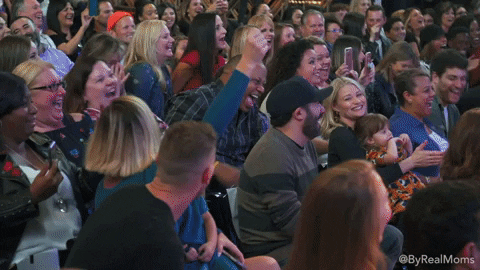I have yet to have more than one FAA ASI, out of a group of ASIs, give me the same exact interpretation of an FAR and these guys work down the same hall and in the same FSDO. Curious. What makes your interpretation of the regulatory requirements regarding the removal of wheel fairings so ironclad?trouble with interpreting the way they are written to what you think they are
Last edited:








